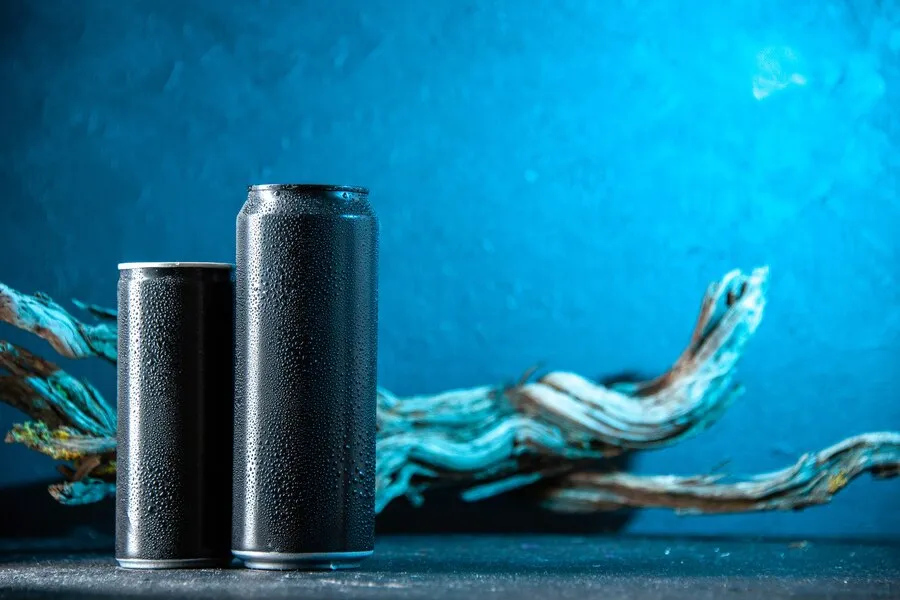The manufacturing of energy drinks is a complex process blending science, nutrition, and taste to create the revitalizing beverages millions rely on for that extra boost. From an array of stimulating ingredients to intricate quality control measures, every step is crucial in crafting the perfect concoction. As the market for these drinks continues to soar, the fascination with how they come to be is ever-growing. In this article, we’ll pull back the curtain on the fizzy science on how are energy drinks made.
The Base Ingredients: What Goes Inside an Energy Drink?
Energy drinks are a concoction of various ingredients, each selected for its particular benefits. The foundational component is usually water, to which sweeteners, either sugar or artificial alternatives, are added for taste. Following this, caffeine is infused for its stimulant properties, a well-known fixture in these beverages.
Apart from caffeine, B-vitamins are frequent inclusions for their role in energy metabolism. Taurine, an amino sulfonic acid, is also commonly found for its suggested enhancement of athletic performance, though research continues into its exact effects. Some drinks also boast extracts from plants like guarana or ginseng, further complicating the energy-boosting cocktail.
Flavorings and colorings play a significant role in making the drinks palatable and visually appealing. The careful manipulation of these additives can transform a simple blend into an explosion of taste that aligns with consumer preferences. Innovations in flavoring continue to drive diversity in the energy drink market. Acidifiers and preservatives are part of the mixture, maintaining pH levels and prolonging freshness.
Carbonation to Packaging: The Final Steps Before Hitting Shelves
After pasteurization and potential flavor adjustments, carbonation is the next pivotal step for many energy drinks. Carbon dioxide is injected under pressure, instilling the beverage with that signature fizz and tang. This not only affects the texture but also the taste, enhancing the sharpness and refreshing qualities of the drink.
The freshly carbonated beverage is then ready for the filling phase. Bottles and cans are sterilized before the energy drink is pipetted in, followed by immediate sealing to preserve the carbonation and avoid contamination. It’s a rapid process, essential to maintaining the integrity of the product.
Labeling and branding come next as rolls of pre-printed labels are affixed, or cans directly printed with vibrant designs. This visual component is as strategic as the formulation, aiming to attract the eyes of potential consumers and convey the drink’s energetic essence.
Quality Control: Ensuring Energy Drinks Meet Consumption Standards
Quality control is an intrinsic part of energy drink production, a point where meticulousness is the rule. Every batch undergoes a series of strict tests to ensure that the drink is safe for consumption and meets all legal and corporate standards. Parameters such as pH, caffeine content, and nutritional values are scrutinized rigorously.
Monitoring also involves sensory evaluation where experts taste test for consistency in flavor, odor, and appearance. Any deviation can signal a problem in the production process, requiring an immediate response. Consumer safety is the priority, necessitating thorough investigation and corrective measures when necessary.
The final insurance comes in the form of certification from food safety authorities, which energy drink manufacturers must obtain. Regular facility inspections and compliance with ever-evolving regulations keep manufacturers accountable and the end consumers protected.
Altogether, energy drink manufacturing is a sophisticated dance of chemistry, technology, and market insights. It’s a fascinating world where every detail matters, from sourcing quality ingredients to the precision of industrial processes. Behind every energizing sip is a tale of immense planning and stringent standards, ensuring the beverage in your hand is as safe as it is stimulating.

